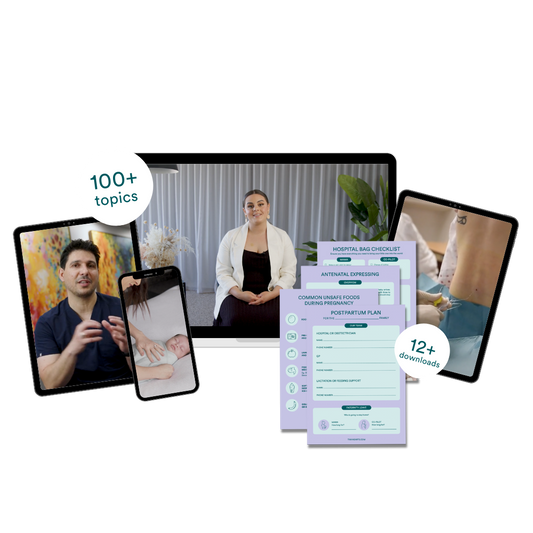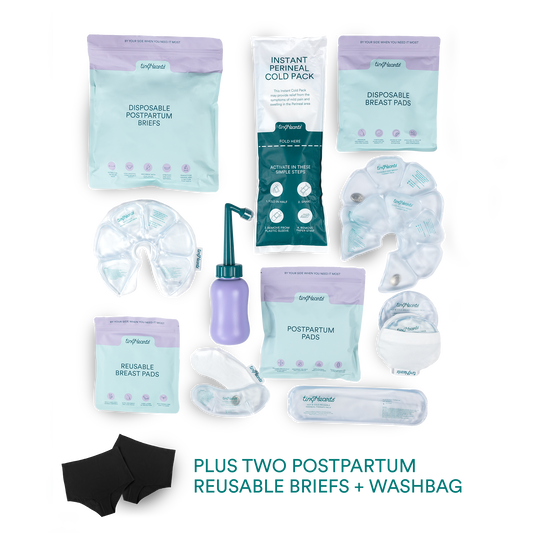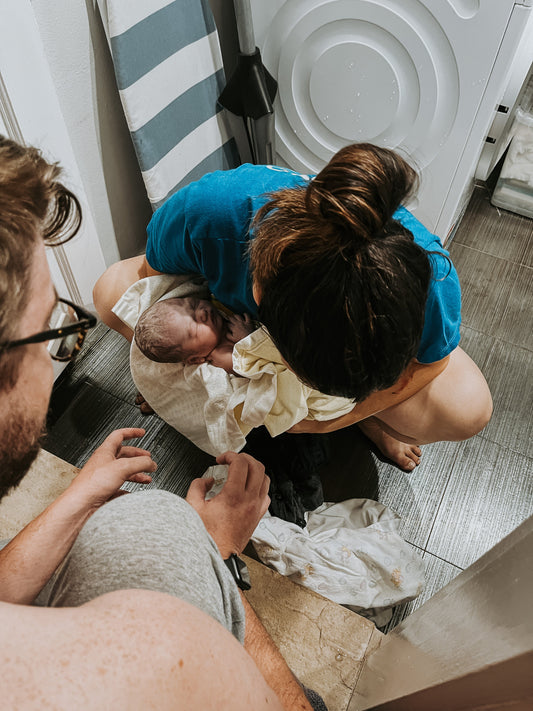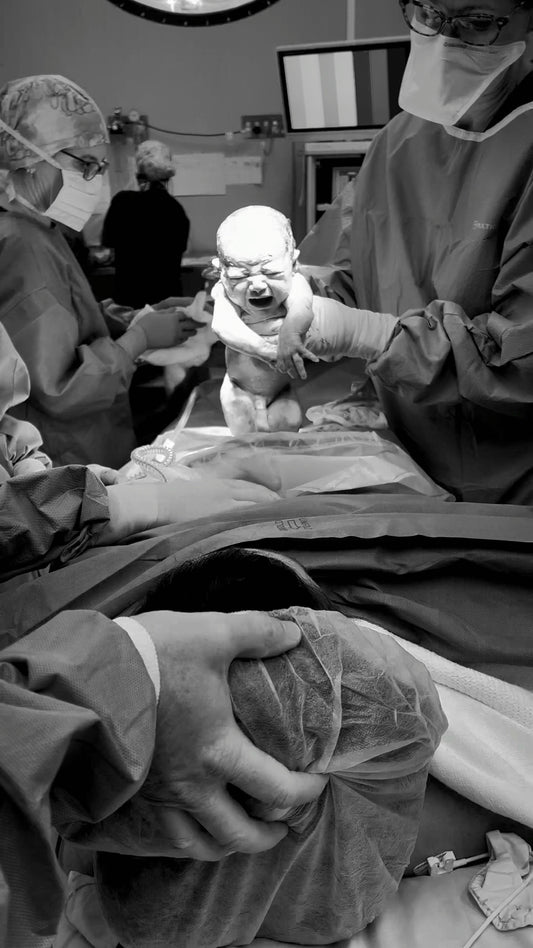As a parent, one of your top priorities is the health and well-being of your child. While dental trauma may not be something you think about on a regular basis, it's important to be aware of the risks, how to prevent it from occurring, and, if the unfortunate does happen, how best to treat it.
Understanding and Managing Dental Trauma in Infants and Toddlers: What Every Parent Should Know
Dental trauma in babies and toddlers can occur in a variety of ways. Falls when learning to walk/run or off furniture, accidents while playing, or even events during the birthing process can all lead to dental trauma. The most common types of dental trauma in this age group include injuries to teeth themselves: chipped or fractured teeth, misaligned or dislodged teeth or injuries to the soft tissue of the mouth, which include the gums, tongue, lips, cheeks, etc. These injuries involve cuts of various sizes, punctures or bruising to the lips, tongue, gum, etc. and the supportive tissues under the gum, like the alveolar (jaw) bone and periodontal ligaments (the ligaments that hold your teeth in place).

Risks and Prevention:
When out and about, parents should be aware of playground equipment and bike handlebars that have the potential to result in falls or head knocks. Play equipment like spring-loaded animals are notorious for front-on knocks. Teaching your child early about safety and proper use of equipment can also help prevent accidents.
First aid and what to do at home:
Firstly, don't panic. When traumatic dental injuries occur, there can be a lot of blood, even when they are minor. The mouth has a lot of small blood vessels, like arteries and veins, and the volume of blood from an injury can make the situation appear worse than it actually is. Reducing and stopping any bleeding should be your first step. Apply gentle pressure to the wound as best you can.
What to do next depends on the extent and site of the injury and requires a little further investigation from you or another bystander. Examine the injury site to check what has been damaged: gums, lips, tongue, cheeks, and palate. Next, check the extent of the injury: bruised, oozing blood, or large cuts/holes. Check if any damage to the teeth has occurred, such as fractures, dislodgement, misplaced (pushed front/backwards, side, down or up), chips and if any hard tissues or objects have been lodged into the soft tissues. It is through this examination that you will be able to determine what your next step will be.

Missing Tooth:
If you find the tooth, great! We can apply initial first aid treatment. If you cannot find the tooth, the tooth may be fully intruded into the gum, and a dental x-ray via a dental professional or hospital emergency room may be required to confirm.
Knocked out Baby Tooth:
Do nothing but reduce bleeding. Unfortunately, this tooth will be visiting the tooth fairy soon, and the reason for this is that priority is given to the adult tooth below. Reinserting a baby tooth into the socket could damage the structures of the adult tooth developing below. There is also a risk of the baby tooth attaching to the bone (this is called ankylosis), which will prevent the natural process of falling out and can impact the process of the adult tooth coming through in the future.
Knocked out Adult Tooth:
The good news is that adult teeth can be reinserted into the mouth. However, you may want a dental professional or dental registrar at a hospital to reinsert the tooth, as the positioning of the tooth can be difficult without knowledge of dental anatomy. Firstly, pick up the tooth by the crown (the part of the tooth visible in the mouth) only. Never handle the tooth root, as you could damage or remove vital cells and structures required for successful reimplantation. Place the tooth back into the socket if possible (and if it is not a choking hazard) and get your child to bite down onto gauze, holding the tooth in position. If this is not possible (too young or unconscious), place the tooth in milk or saline while awaiting further assessment. Outcomes in these cases are favourable if the tooth is re-implanted in less than 1 hour, so time is of the essence here.
Fractured/Chipped Tooth:
Treatment of fractured teeth depends on whether the chipped tooth is a baby or an adult tooth, the extent of damage to the tooth, and symptoms that follow, such as any new sensitivity to cold, hot or pain. In the case of enamel damage (hard exterior of the tooth that you see), no first aid is required, but assessment by a dental professional is recommended within a couple of weeks or sooner if pain or sensitivity is present. If there has been nerve (pulp) exposure, you will see a little pink dot in the middle of the tooth. This type of injury is usually painful and more sensitive to hot and cold. This requires examination by a dental professional promptly. *Tip: If there is a large tooth fragment, place it in milk as there is potential for re-bonding).

Misplaced and Loose Tooth:
A tooth that looks loose or no longer in its usual position (shorter, longer, moved to the side, rotated, pushed backwards/forwards) should be assessed by a dental professional, as different treatments are required depending on what has happened. If you notice a tooth is misplaced, seeing a dental professional promptly for accurate diagnosis and successful treatment is important. Your job here is to manage any bleeding or pain with pain relief. That's it.
Sore but still intact Teeth:
*It should be noted that although this is not first aid at the time of injury, periodic reassessments of hard tissue injuries are essential to look for colour changes in the tooth (brown/blue/grey). This could signify nerve damage, or death has occurred, which can happen months to years down the track. An examination by a dental professional is recommended if you notice this or are unsure of any other issues relating to the trauma.
Injuries to Lips, Gums, Tongue, Cheeks, Palate
Cuts or punctures: Reduce or stop the bleeding and assess how significant the laceration is. Large lacerations may require stitches or closure aids. If you are unsure if it requires further treatment, a visit to the hospital emergency room is recommended.
Slight or Oozing Blood, Discolouration, or Bruising:
Reduce or stop the bleeding and assess the surrounding areas. This type of injury does not usually require any further treatment but may indicate damage to the supportive structures under the tooth that you cannot see. Pain relief or non-steroid anti-inflammatory (NSAIDS) can be helpful in this case to manage pain and inflammation. If you are uncertain about anything or the pain continues after one week, seek advice from a dental professional.
*Tip, always lift the upper and lower lips away from the gum to examine the areas thoroughly. Gum injuries can be missed if this does not happen.
If your child does experience dental trauma, it is important to seek medical attention. An Oral Health Therapist or Paediatric Dentist can assess the extent of the injury and determine the best course of treatment.
However, if a dental professional is inaccessible when required, a visit to the hospital emergency room is advised, particularly for deep cuts and severe damage to gums, cheeks, tongue, palate, and lips.
Treatment options vary from not treating initially and watching over time for damage to the tooth nerve, restoring or placing crowns to repair chipped or fractured teeth, replanting a dislodged tooth (adult tooth only), or extraction (removal) of the tooth, particularly if it is a baby tooth and there are risks of damage to the adult tooth if left untreated. Injuries to the soft tissue of the mouth, such as lacerations or bruising, may require cleaning and sutures to prevent infection. Sometimes, the injury may be severe enough to require surgery to repair the damage. Usually, soft tissue injuries that do not require further treatment will heal completely within 1-2 weeks.
It's important to note that dental trauma can have long-term effects on a child's oral health, so prompt treatment and follow-up care are essential. Regular dental check-ups can help identify any issues or changes in teeth that have experienced trauma early, allowing for treatment and prevention of potential problems in the future. As a parent, it's important to be aware of the risks of dental trauma in babies and toddlers and take steps to prevent it. If your child does experience dental trauma, seek medical attention and work closely with your dental professional to ensure the best outcome for your child's oral health. Should you have any queries or want further information about anything in this article, please feel free to contact the team at Teaching Teeth via our social pages or email.








